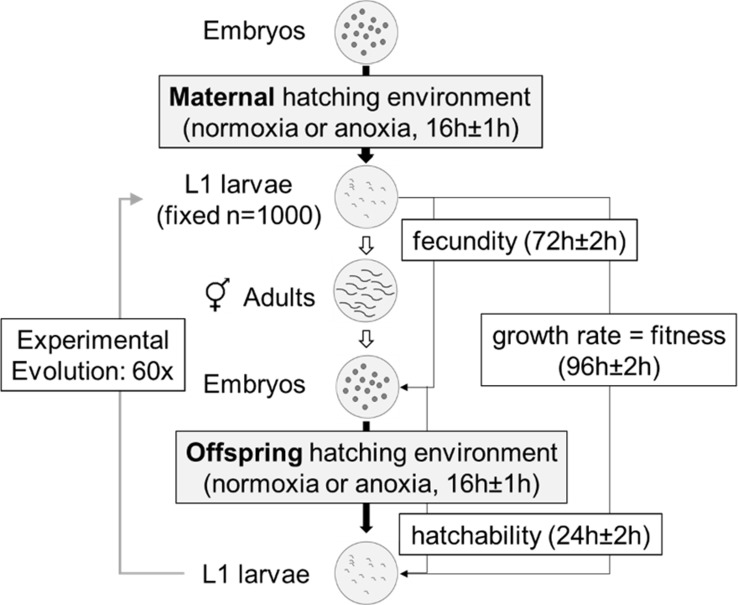Fig 1. C. elegans laboratory life cycle in normoxia-anoxia environments.
Schematic of the 4-day life cycle under high salt conditions from the first larval stage (L1) to adulthood, and varied oxygen levels from embryo to L1 hatching over two generations. Generations were non-overlapping, with densities being kept constant from L1 to adulthood at 103 per Petri dish plate [54,55]. This life cycle was employed during experimental evolution to the novel fluctuating normoxia–anoxia environment and to characterize experimentally evolved populations in terms of growth rates (fitness), fecundity, hatchability, oocyte size, and glycogen content (see below).

